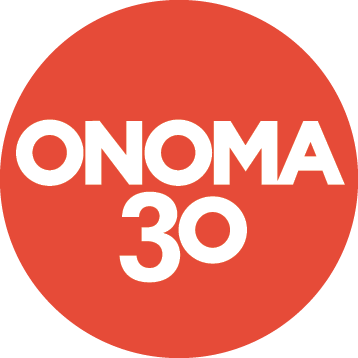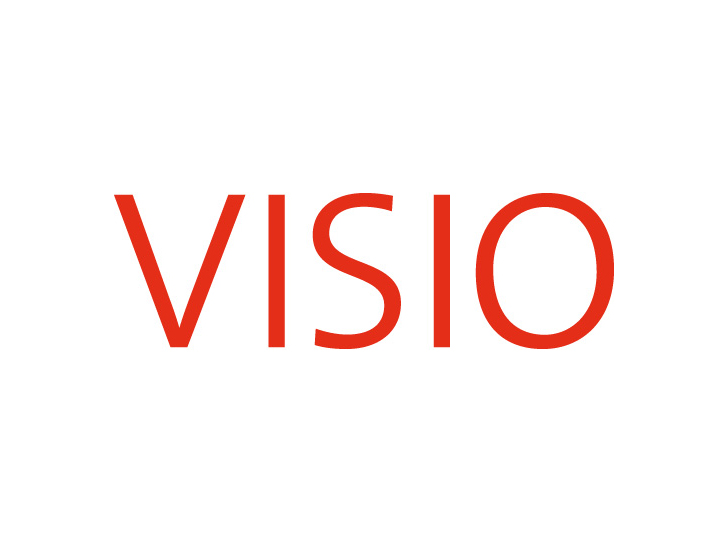Copper Smithy, Fiskars
5.2.2012-6.1.2013
Visio presents a visual summary of the Fiskars ironworks village in the past, of its present inhabitants, activities and environment, and of all the things that it could be in the future. It is a collage of images, works of art and objects. This exhibition provides impulses for envisioning the future with the means of design and architecture.
Through its exhibitions of art, design and applied art that began almost twenty years ago, the Fiskars village has now become an important centre and cluster of over 120 individuals and actors in various creative fields assembled under the auspices of the Cooperative of Artisans, Designers and Artists in Fiskars. Visio contains a selection of the best work by the designers of the community. This exhibition is part of the programme of the Helsinki Design Capital 2012 year.
History
The Fiskars ironworks was already a base for design in the mid-19th century, when Edward Hill of England was hired to head the cutlery and scissors plant at the works. Hill was the first designer to be allowed to add his own name to the Fiskars brand stamped on the products. Examples of Hill’s work in the exhibition are a dining knife from 1847 stamped for the Finnish Cavalry and a bronze candlestick.
The scissors with plastic handles that have become an icon of Finnish design are on display because they were initially designed at Fiskars, where their production came under way, leading the Fiskars company to international markets. The scissors were designed by Olof Bäckström. The career of Olavi Lindén, who is particularly known as the designer of the following generation of Fiskars scissors and innovative gardening tools began at the Fiskars ironworks.
The Future
In addition to the historical background and the present, Visio also tells of the future focuses of development at Fiskars. The recently officially approved local plan will permit the construction of several dozen new buildings around the perimeter of the historical core area of Fiskars. Some of the future sites will be not only for home but also for workshops and studios. Future developments will include a renewed market place area and a playground park for children. Park areas and areas for special events, picnic sites and the local natural setting offer many special experiences for visitors. The agricultural land of the ironworks is reserved for organic cultivation and grazing.


